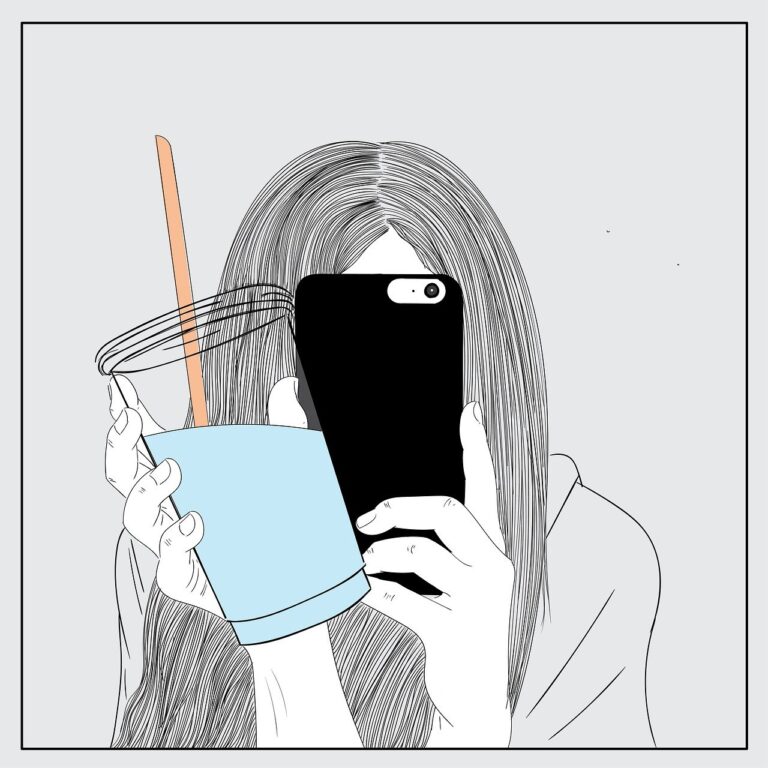

In our increasingly digital world, we spend most of our time in two places: home and work. But there’s a vital third dimension to a balanced life that sociologists call the “third place” – those community spaces where we connect, unwind, and belong outside our primary environments. These spaces shape our sense of community, nurture our social bonds, and provide a crucial outlet for connection beyond our usual routines.
The concept of the “third place” was popularized by sociologist Ray Oldenburg in his book “The Great Good Place.” According to Oldenburg, these spaces share several important characteristics:
In our post-pandemic world, third places have taken on renewed importance. After years of isolation and remote work blurring the boundaries between home and office, we crave spaces that offer connection without obligation, community without commitment, and belonging without exclusivity.
These spaces counteract the increasing privatization of our lives – where streaming has replaced movie theaters, food delivery has replaced restaurants, and social media has replaced face-to-face interaction. Third places pull us back into the physical world, creating the “weak ties” that research shows are essential for our wellbeing and opportunity networks.
Not sure where your third place might be? Here are some possibilities to explore:
The Classic Third Places:
Emerging Third Places:
Finding the right third place involves more than just identifying a location—it requires showing up consistently and engaging genuinely. Here’s how to make a space truly become your third place:
For me, Riverside Books became my third place quite unexpectedly. What started as occasional Saturday morning visits became a reliable weekly ritual. Six months in, I know the staff members by name, have impromptu conversations with fellow regulars, and have joined their monthly reading group.
The subtle comfort of walking in and receiving a nod of recognition from the owner brings a sense of belonging I didn’t realize I was missing. The conversations I have there—about books, yes, but also about neighborhood changes, global events, or personal challenges—provide perspective I’d never get from my usual circles at home or work.
Your third place won’t find you—you need to find it through exploration and commitment. Look around your neighborhood with fresh eyes this week. What spaces invite lingering? Where do people seem engaged with one another? Which environment makes you feel simultaneously comfortable and refreshed?
The beauty of third places is their diversity. Your perfect third place might be bustling and energetic or quiet and contemplative. The only requirement is that it draws you back, again and again, until one day you realize: you belong there.